
Image: Shutterstock
About This Quiz
Think back to your last chemistry class - how many elements can you remember? Can you remember what they look like? 88.5% of people can't guess these elements from looking at one image. Can you? Prove it and challenge your friends!
Shutterstock
Which element corresponds with this image?
Helium
Helium is the second most abundant element in the universe. In 1928 helium became available on the open market for the first time. The helium we buy in cylinders is produced by the natural decay of radioactive elements in the earth's crust.
Bohrium
Calcium
Carbon
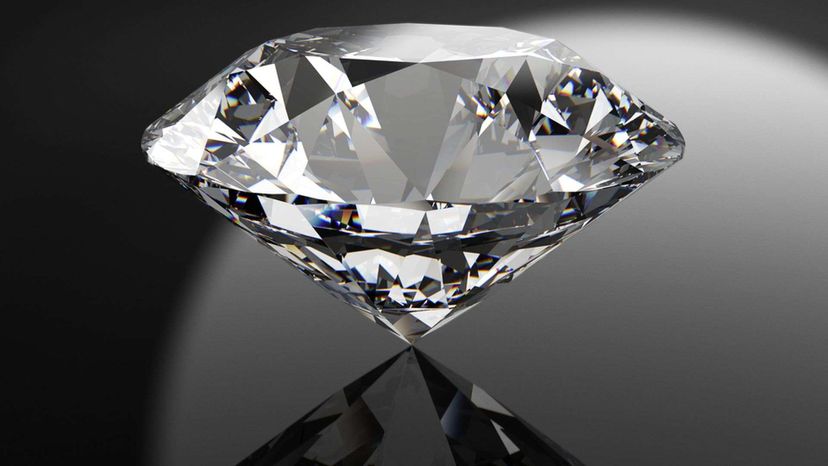
Shutterstock
Which element corresponds with this image?
Nitrogen
Sodium
Carbon
Carbon is the fourth most abundant element in the universe, after hydrogen, helium, and oxygen. Carbon is one of the few elements that has been known and used since ancient times. It was named as an element by Antoine Lavoisier in 1789.
Chlorine

Shutterstock
Which element corresponds with this image?
Neptunium
Neon
While experimenting on liquid air, Sir William Ramsay and Morris Travers discovered neon in 1898. Neon is the second lightest inert gas, as well as being the second-lightest noble gas, after helium. Neon is about two-thirds as dense as air.
Mercury
Americium
Advertisement
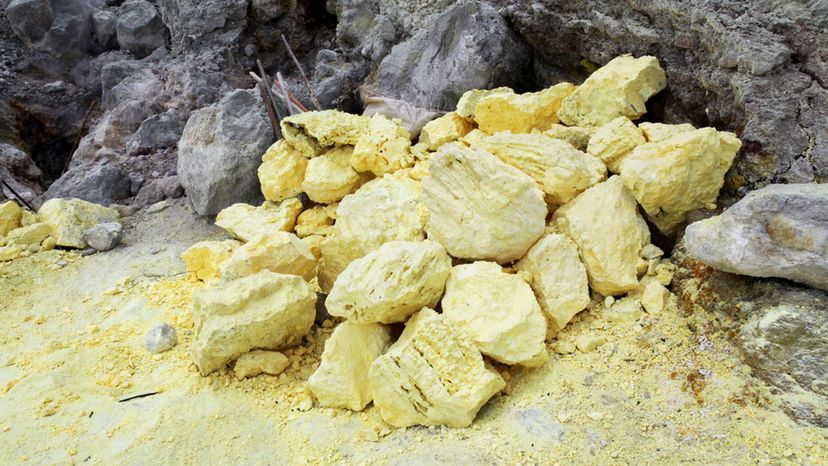
Shutterstock
Which element corresponds with this image?
Cadmium
Sulfur
Sulfur has been in use since ancient times, and it is mentioned in the Bible and the Torah. Sulfur occurs naturally as an element but can also be found in a number of compounds and minerals. Its name comes from the Sanskrit word "sulvere."
Samarium
Silver

Shutterstock
Which element corresponds with this image?
Palladium
Molybdenum
Praseodymium
Phosphorus
Hennig Brand discovered phosphorus in 1669 by extracting it from buckets of urine. It is sometimes referred to as the "Devil's Element," because it was the thirteenth element discovered and because of its explosive properties.
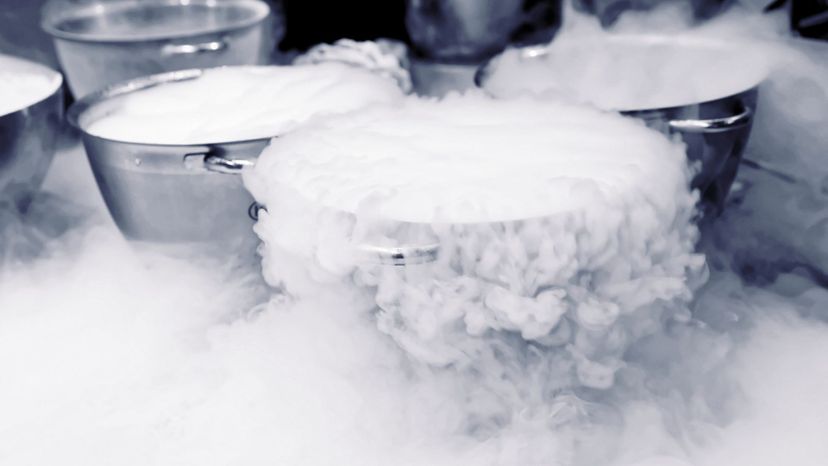
Shutterstock
Which element corresponds with this image?
Nitrogen
Scientists in the eighteenth century recognized that there was a component of air that did not support combustion, which is when they discovered nitrogen. In 1772, Daniel Rutherford discovered what he called "noxious air," air that didn't contain oxygen.
Neodymium
Rubidium
Samarium
Advertisement
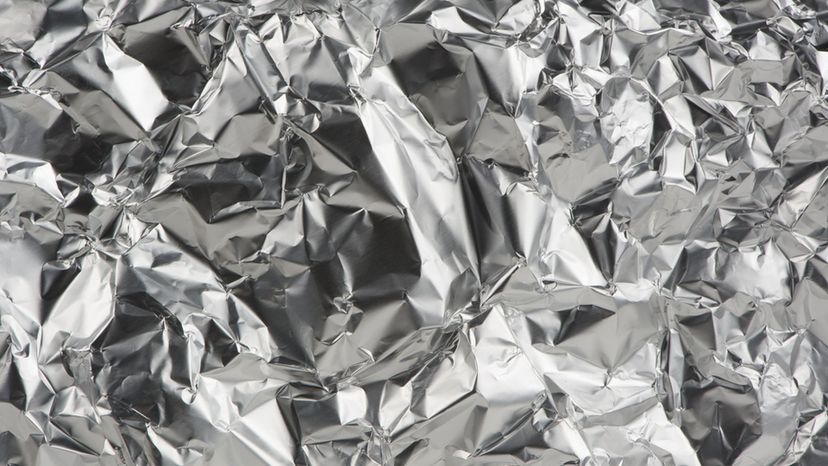
Shutterstock
Which element corresponds with this image?
Europium
Aluminum
Aluminium is present in more than 270 minerals. Aluminium salts do not serve any known purpose in plant or animal life. Because of aluminium's high likelihood of binding with oxygen, pure aluminium is almost never found in nature.
Antimony
Promethium
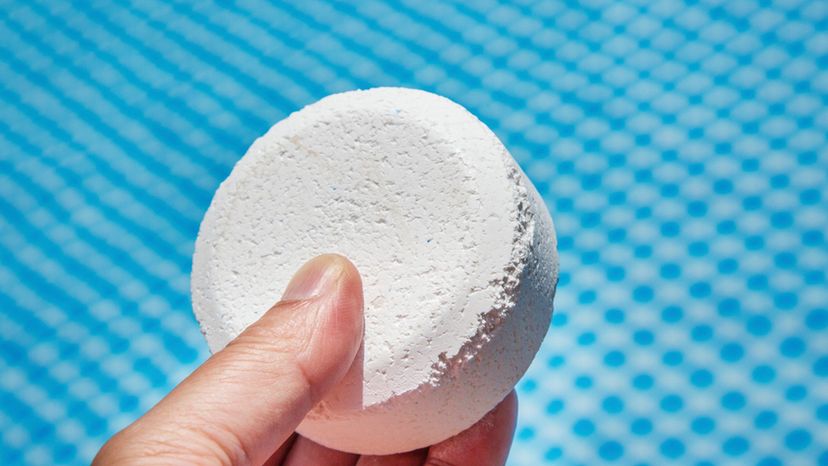
Shutterstock
Which element corresponds with this image?
Cadmium
Cesium
Chlorine
Sodium chloride is the most common compound of chlorine and it is abundant on Earth, especially in seawater. Chlorine is a widely used oxidizing agent. It is also potentially a reactive agent. In many of chloride's forms, chlorine is vital for living organisms.
Promethium

Shutterstock
Which element corresponds with this image?
Thallium
Astatine
Argon
Argon's most common isotope, Ar-40, became a part of the Earth's atmosphere after K-40, a radioactive isotope of potassium, decayed from the Earth's crust. NASA probes have discovered argon in Mercury's atmosphere and on Saturn's moon Titan.
Actinium
Advertisement
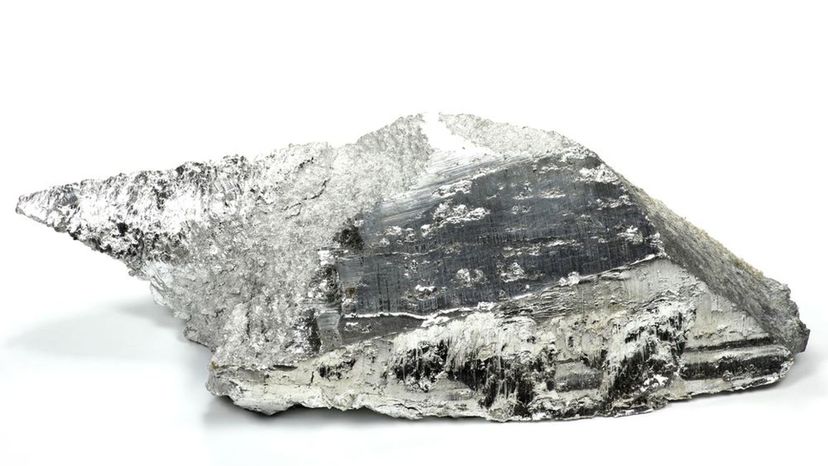
Shutterstock
Which element corresponds with this image?
Neptunium
Mercury
Hafnium
Magnesium
Magnesium is present in over sixty minerals of Earth, but only a few of those are commercially valuable. Magnesium is the eleventh most abundant element in the humand body by weight. Magnesium is not found on Earth as a free element.
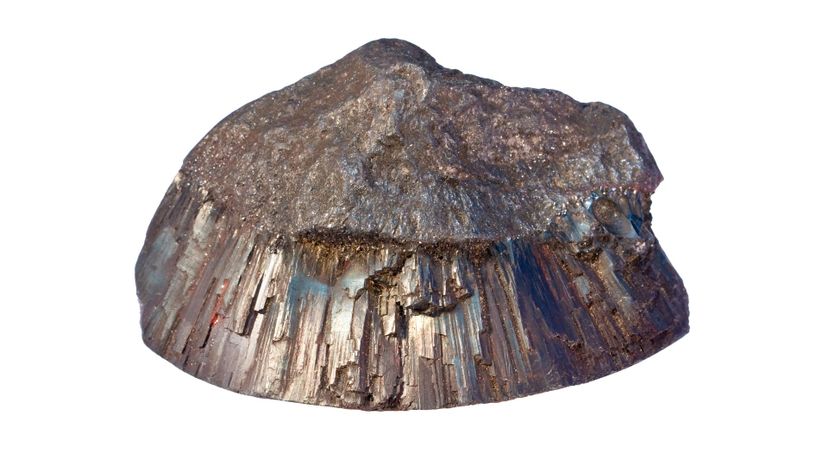
Shutterstock
Which element corresponds with this image?
Iron
Iron plays a vital role in oxygen transport throughout the body. Iron's characteristics are so stable that iron is often used for comparison and calibration. Ferrite is the most stable form of iron under normal conditions.
Iridium
Actinium
Berkelium
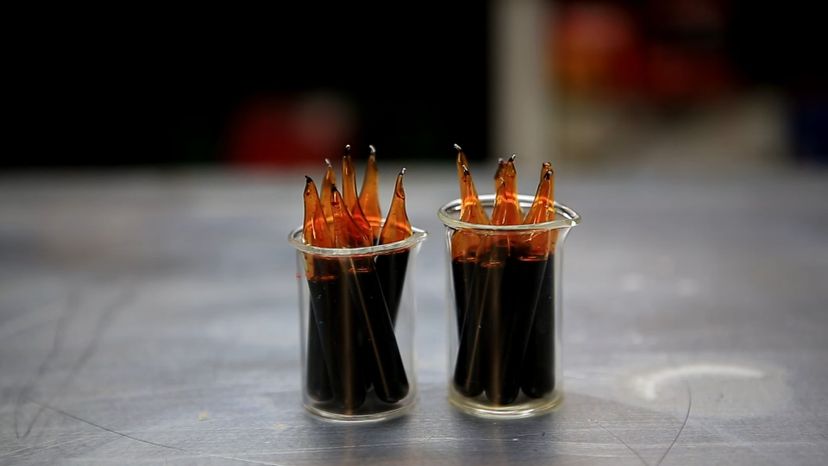
Youtube
Which element corresponds with this image?
Berkelium
Bromine
Bromine was discovered by Antoine J Balard in 1826. Bromine does not occur naturally on Earth as an element. Bromine's easy solubility means it has built up in the oceans through leaching. Most bromine produced is extracted from brine.
Bismuth
Tantalum
Advertisement

Shutterstock
Which element corresponds with this image?
Osmium
Ytterbium
Francium
Oxygen
Leonardo da Vinci first proposed that air was made up of two gasses, one for breathing and one for fueling fire. Oxygen can be produced for commercial use by the fractional distillation of liquefied air. It is used in cellular respiration for all life.
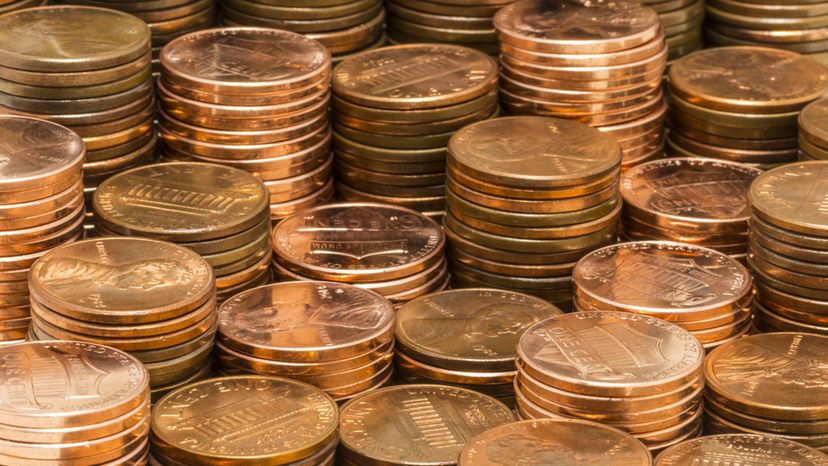
Shutterstock
Which element corresponds with this image?
Cerium
Zirconium
Cadmium
Copper
The Statue of Liberty is made from 179,000 pounds of copper. Copper is 100% recyclable and nearly 80% of the copper that has been produced is still used today. Copper can be recycled without any changes to its properties. It retains 95% of its original value.
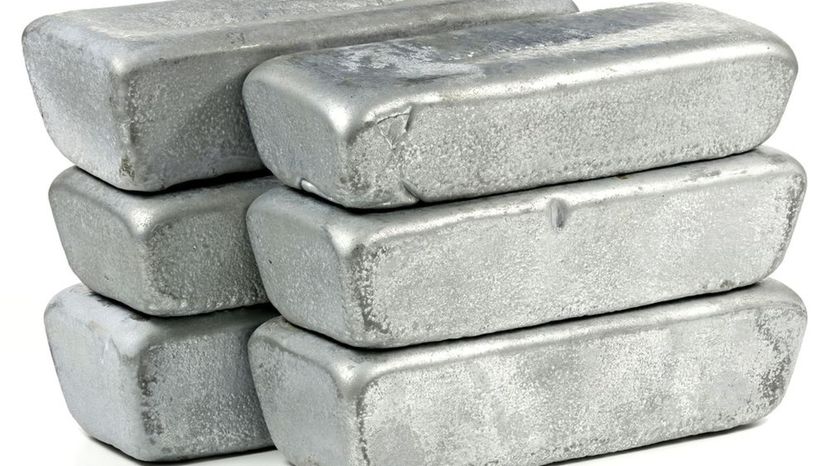
Shutterstock
Which element corresponds with this image?
Zirconium
Selenium
Zinc
Zinc is the 24th most common element in the planet's crust. Zinc production today is from nearly 70% mining and 30% recycling. Zinc burns with a very bright blue-green flare. Almost all zinc (95%) is mined from sulfide ore deposits.
Europium
Advertisement

Shutterstock
Which element corresponds with this image?
Rutherfordium
Silver
Silver was found to be separated from lead by civilizations are early as 3000 BC. Several countries have been mining silver since the 1500s. There are twenty-eight known radioactive isotopes of silver.
Seaborgium
Polonium

Shutterstock
Which element corresponds with this image?
Indium
Iodine
Iodine was discovered in 1811 by Barnard Courtois. Iodine plays a very important role in the biology of all living organisms. Most iodine produced each year is used in livestock feed. Iodine is probably most well-known for its use as a disinfectant.
Samarium
Cesium

Shutterstock
Which element corresponds with this image?
Platinum
Platinum has been in use by ancient civilizations in Central and South America. South Africa is the leading producer of refined platinum, controlling 77% of the global share. Platinum has six isotopes that occur in nature.
Xenon
Palladium
Promethium
Advertisement
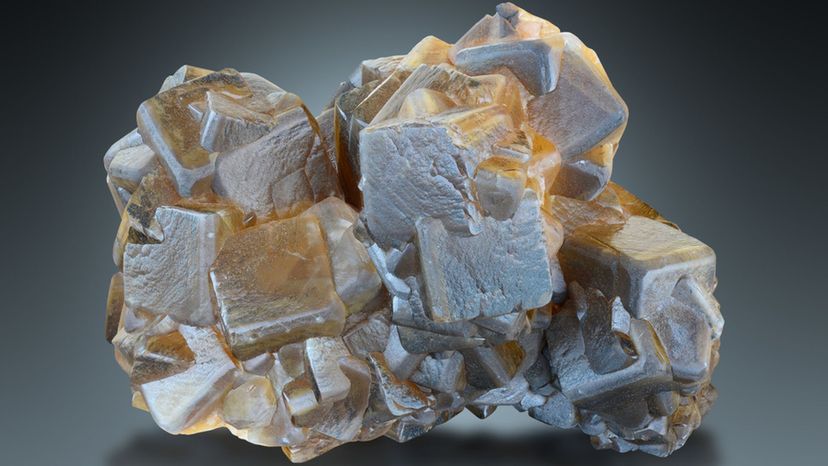
Shutterstock
Which element corresponds with this image?
Samarium
Cerium
Tellurium
Cadmium
In 1817, Friedrich Stromeyer discovered cadmium after isolating it from zinc carbonate. Cadmium is often used as a protective coating on metals because it is naturally resistant to corrosion. There are no substantial deposits of cadmium ores.
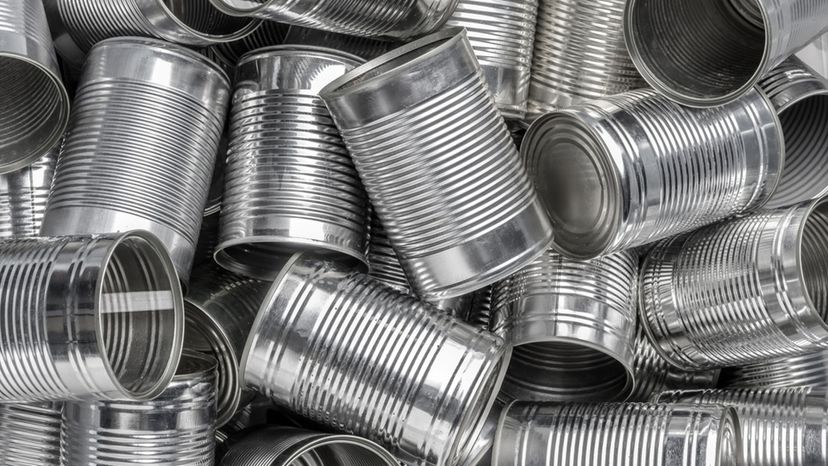
Shutterstock
Which element corresponds with this image?
Palladium
Thulium
Tin
Early craftsmen found tin too soft to work with, but when it was alloyed with copper, bronze was created. Tin was one of the first materials ever researched for its superconductor properties. The crust contains around two parts per million of tin.
Tellurium
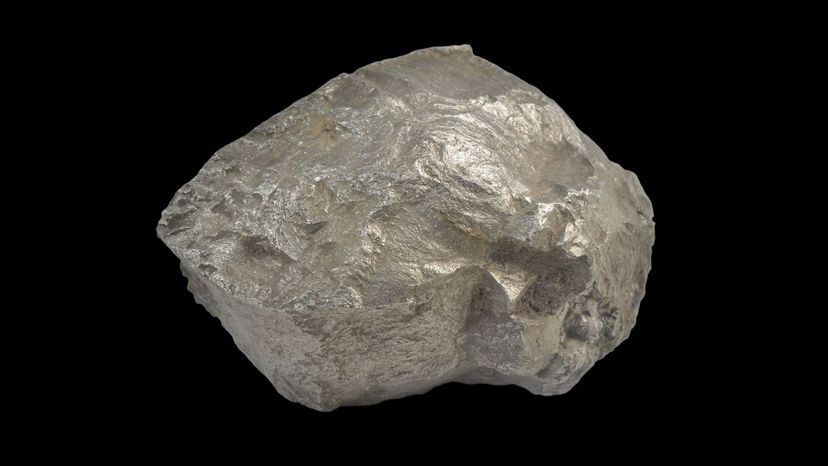
Shutterstock
Which element corresponds with this image?
Nickel
Pure nickel is rarely found on Earth. About six percent of the world's nickel is used to nickel-plate objects to protect them from corrosion. Nickel is a skin allergen for some people, so iron has replaced it in coins. Nickel is especially useful in dating the age of meteorites.
Neodymium
Nobelium
Berkelium
Advertisement
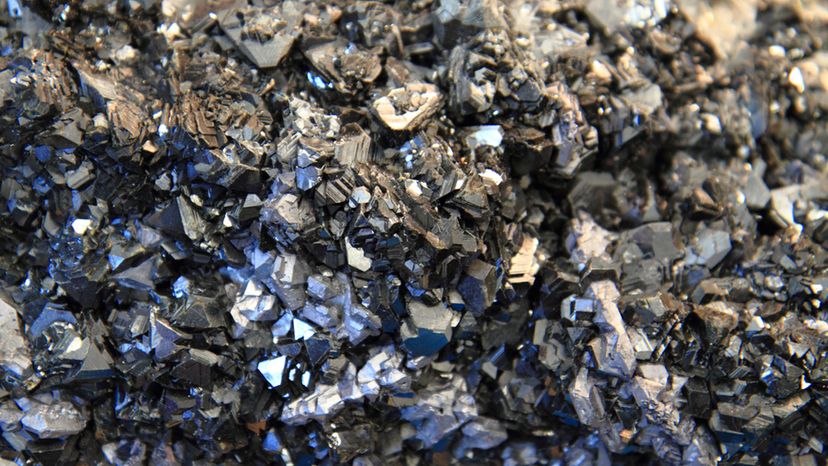
Shutterstock
Which element corresponds with this image?
Lanthanum
Lithium
Argon
Lead
Lead has a long history in alchemy, since many alchemists thought that lead could be turned into gold. Lead acts as a neurotoxin, damaging the central nervous system. Combining lead and copper or antimony makes lead both harder and more resistant to acid.
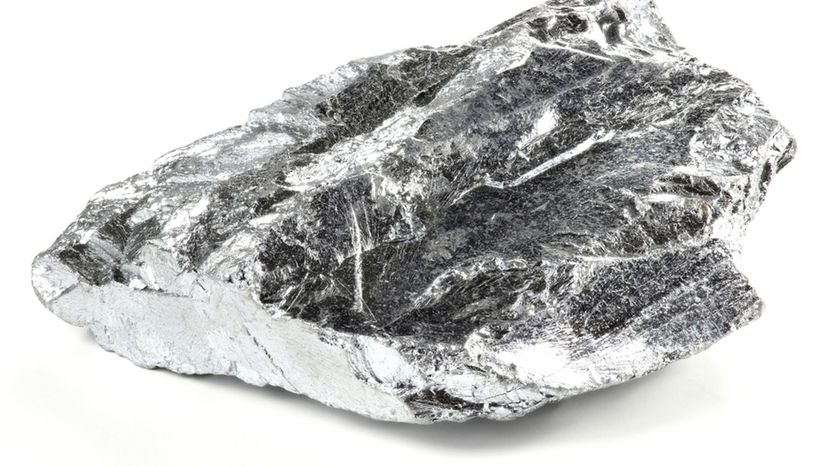
Shutterstock
Which element corresponds with this image?
Cadmium
Chromium
Due to cellular transport properties, only trace amounts of chromium enter the cells of living organisms. Industrially, about four and a half million tons of chromium are mined annually. 85% of chromium produced goes towards creating metal alloys.
Lanthanum
Cerium
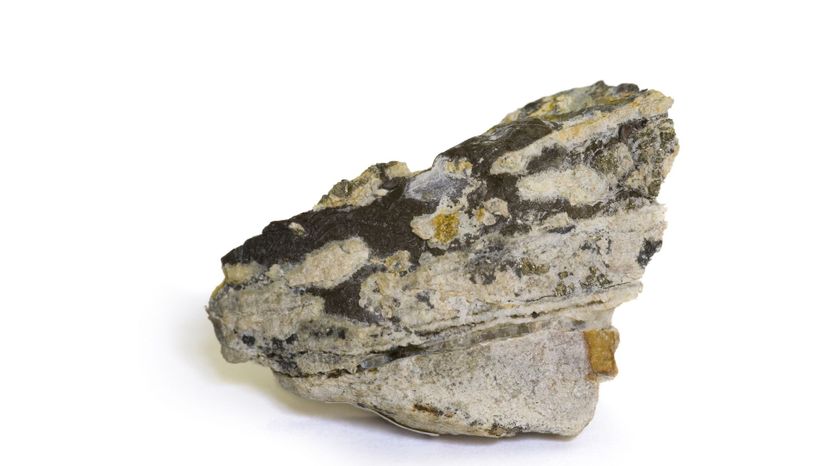
Shutterstock
Which element corresponds with this image?
Actinium
Arsenic
Arsenic has been in use since ancient times, specifically by Greek, Egyptian, and Chinese civilizations. The first known person to isolate arsenic as an element was Albertus Magnus in 1250. Arsenic is still produced as a byproduct of copper purification.
Gadolinium
Astatine
Advertisement
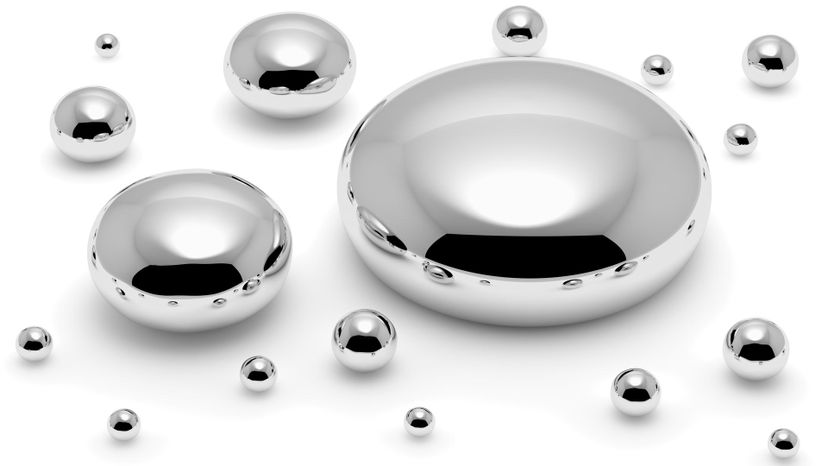
Shutterstock
Which element corresponds with this image?
Mercury
The Greeks and Romans used mercury in medical ointments and beauty products because they didn't know mercury has toxic properties. Mercury is extremely rare, found in the Earth's crust at a concentration of only 0.08 parts per million.
Einsteinium
Meitnerium
Mendelevium
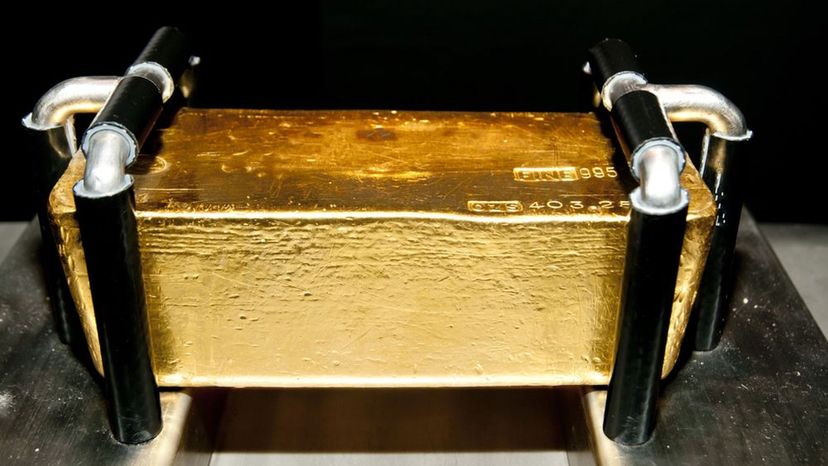
Shutterstock
Which element corresponds with this image?
Gadolinium
Francium
Gold
An estimated 171,000 tons of gold have been mined by humans. Gold is also used in medicine, gourmet foods, and the commercial chemistry industry. About half of all gold ever produced has come from mines in South Africa. Gold is often alloyed with other elements.
Osmium
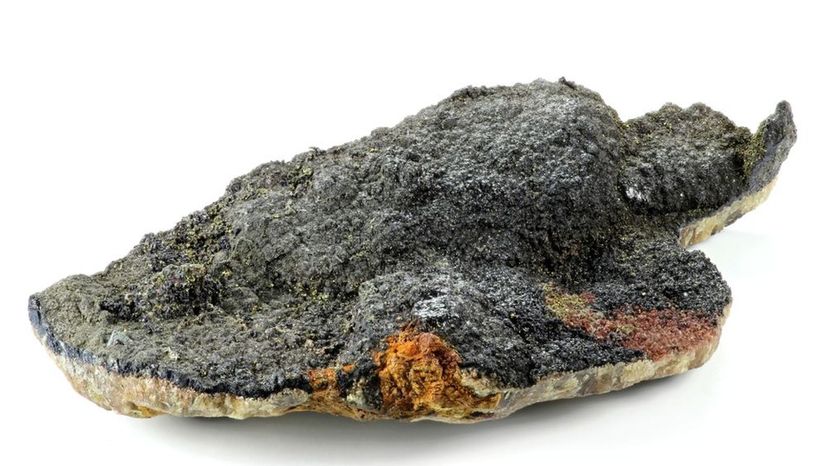
Shutterstock
Which element corresponds with this image?
Uranium
The universe's uranium formed 6.6 billion years ago in supernovae, according to the World Nuclear Association. It is all over the planet and makes up about 2 to 4 parts per million of most rocks. Pure uranium is a silvery metal that quickly oxidizes in air.
Vanadium
Praseodymium
Iridium
Advertisement
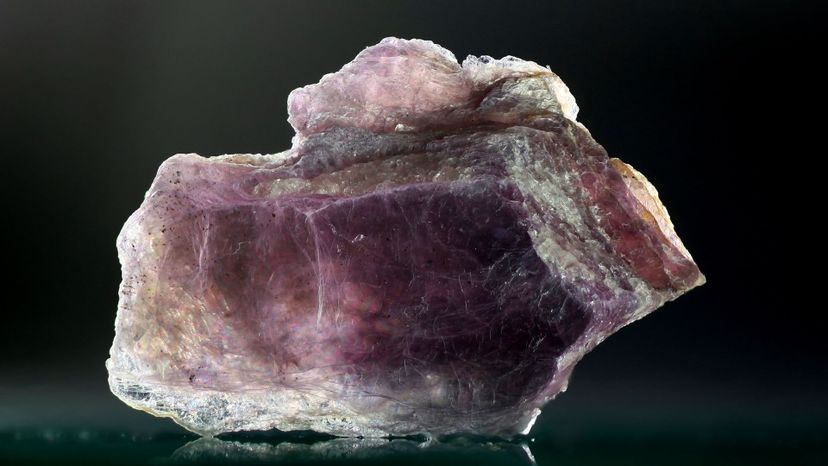
Shutterstock
Which element corresponds with this image?
Iron
Lanthanum
Bismuth
Lithium
It took until 1855 to isolate lithium. Augustus Matthiessen and Robert Bunsen ran a current through lithium chloride in order to separate the element. It is the lightest known metal.

Shutterstock
Which element corresponds with this image?
Rubidium
Sodium
When mixed with water, sodium reacts spectacularly. The combination produces sodium hydroxide, hydrogen gas, and heat. Sodium is an alkali metal, found on the left side of the Periodic Table with other elements: lithium, potassium, rubidium, cesium, and francium.
Magnesium
Samarium
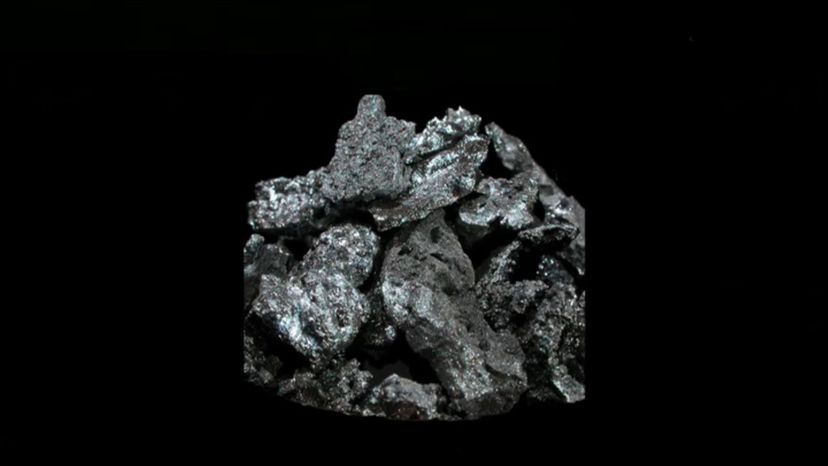
Youtube
Which element corresponds with this image?
Neon
Fluorine
Beryllium
Boron
Pure boron is extremely difficult to produce, even in laboratory conditions, because of its propensity to join with carbon. Boron is fairly rare in the solar system and makes up only 0.001% of the Earth's crust, but its naturally occurring compounds are quite common.
Advertisement
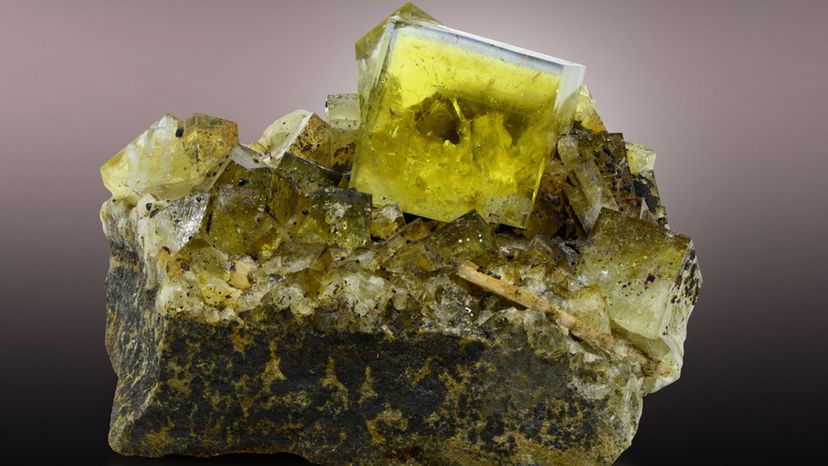
Shutterstock
Which element corresponds with this image?
Actinium
Thallium
Fluorine
Fluorine is the thirteenth most abundant element in the Earth's crust. Fluorine is rare in the universe, at only 400 parts per billion. Fluorite mining produces approximately 4.5 million tons of the mineral per year, which is used for commercial fluorine.
Francium
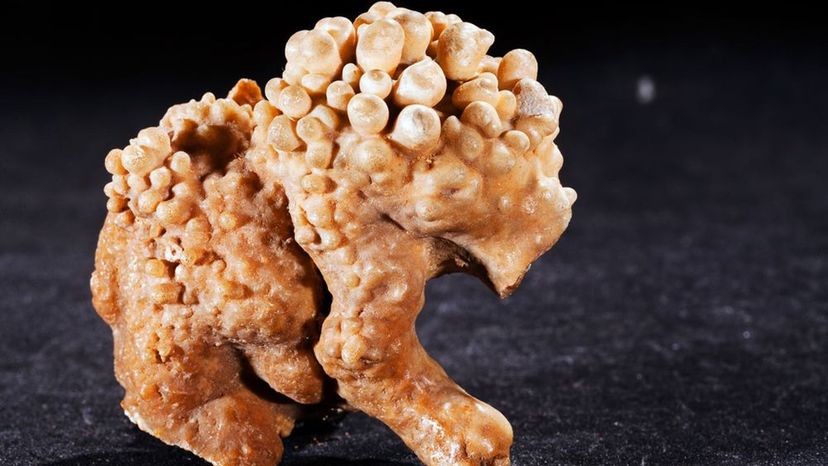
Shutterstock
Which element corresponds with this image?
Aluminum
Sulfur
Calcium
Pure calcium is actually a metal and reacts very strongly, sometimes violently, with water and acids. The best sources of calcium in the diet are milk, yogurt, and cheese. Nearly 72% of the dietary calcium in the US comes from dairy foods.
Carbon
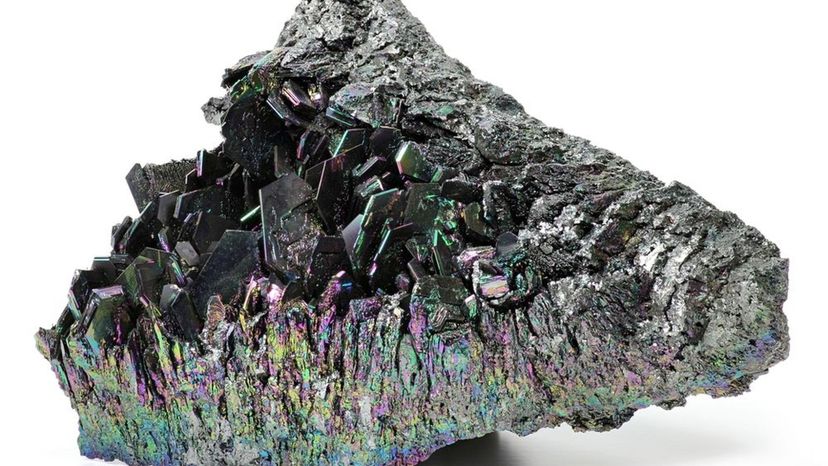
Shutterstock
Which element corresponds with this image?
Phosphorus
Silicon
Silicon makes up slightly more than 27% of the Earth's crust. Most of the silicon on Earth is found in the form of silicon oxides, like sand and quartz. Silicon is found in abundance in many minerals. It is vital for life in both plants and animals.
Sulfur
Nitrogen
Advertisement
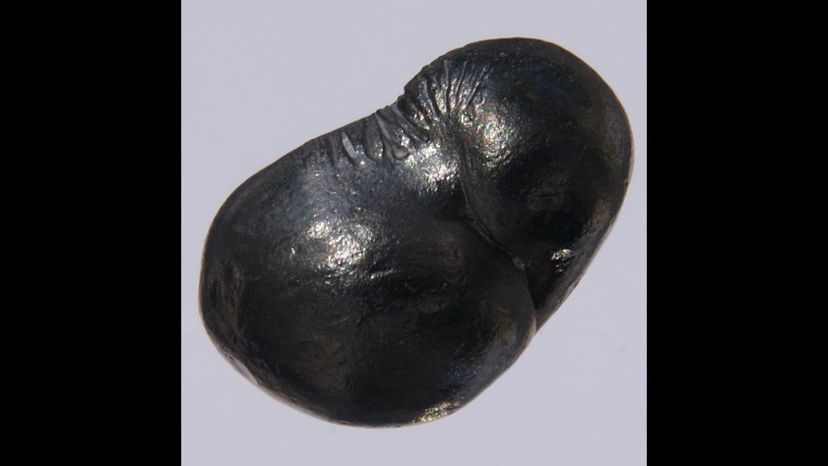
Shutterstock
Which element corresponds with this image?
Beryllium
Beryllium is a hard metal, but it is brittle at room temperature. Beryllium has a long history, having been known to the ancient Egyptians in beryl and in emeralds. In 1797, Nicholas Louis Vauquelin recognized the element in emeralds.
Potassium
Argon
Boron
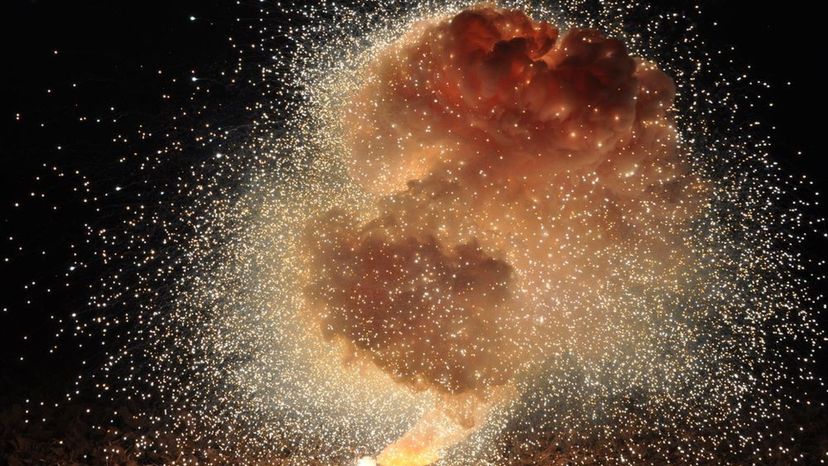
Shutterstock
Which element corresponds with this image?
Cadmium
Praseodymium
Palladium
Potassium
Potassium was the first elemental metal to be found through electrolysis. Potassium is the second least dense metal after lithium. Potassium usually burns in a reaction with water. Potassium is not available in nature as a pure element. It was first isolated by Sir Humphry Davy in 1807.
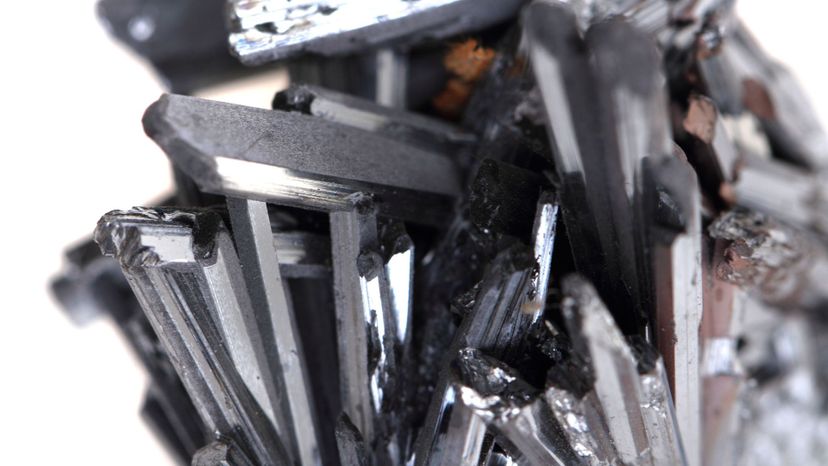
Shutterstock
Which element corresponds with this image?
Argon
Antimony
Antimony was used in ancient Egypt as a form of eyeliner (kohl). The first published report on how to isolate antimony was by Vannoccio Biringuccio in 1540. Antimony is ranked first on the British Geological Survey's Risk List, because of its small supply.
Neodymium
Arsenic
Advertisement
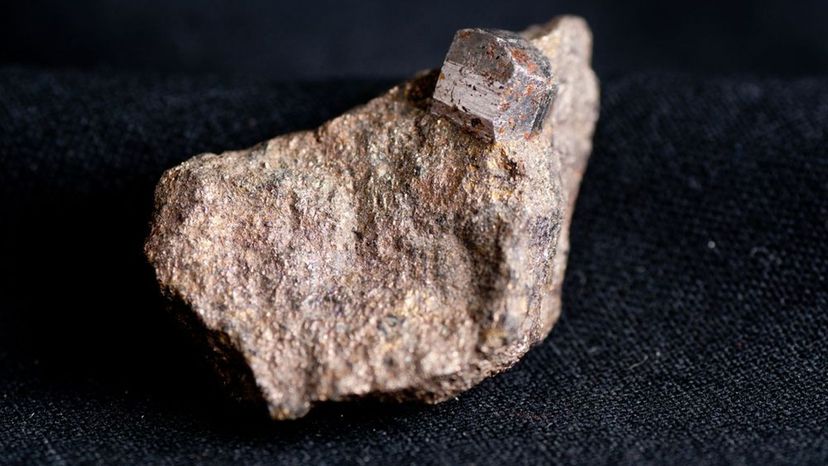
Shutterstock
Which element corresponds with this image?
Rhodium
Cobalt
George Brandt is credited with isolating cobalt in 1735. The cobalt pigment is most widely known for use in jewelry, glass, and paint. The name cobalt comes from the German word kobold, meaning "goblin ore."
Cadmium
Cerium
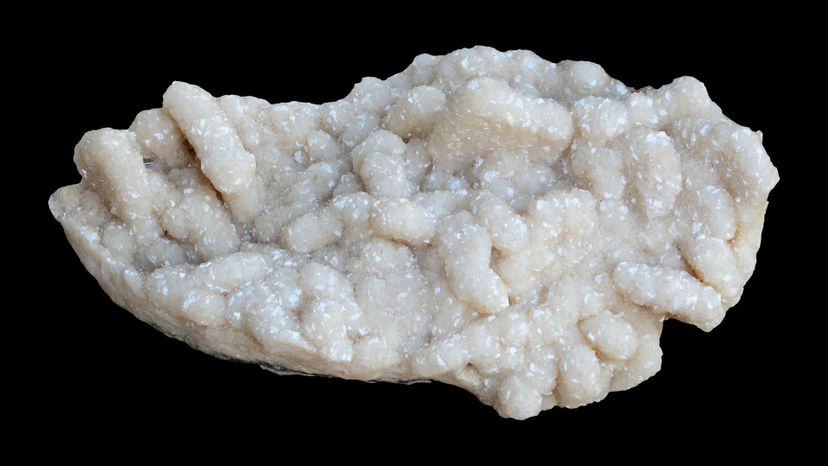
Shutterstock
Which element corresponds with this image?
Rhodium
Barium
Barium's name comes from the Greek word meaning "heavy." While barium does not build up in the body and is not a carcinogen, breathing its dust can damage the lungs. Some compounds of barium are actually toxic and used as industrial poisons.
Bismuth
Berkelium
You Got:
/38
Shutterstock